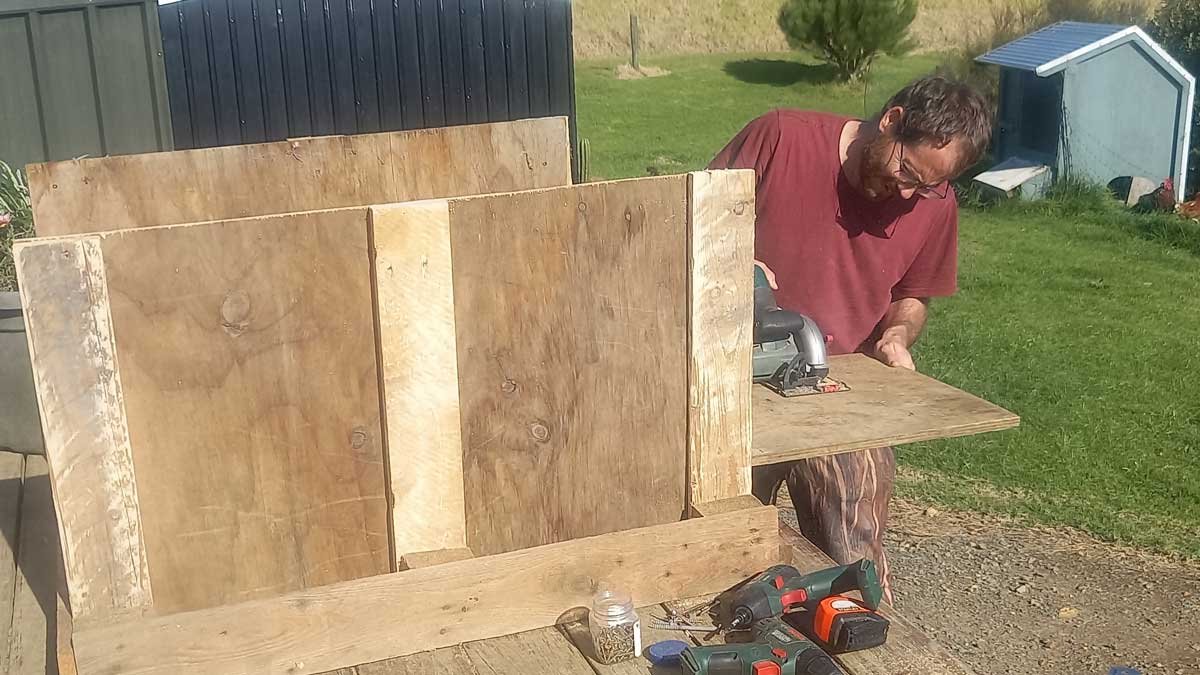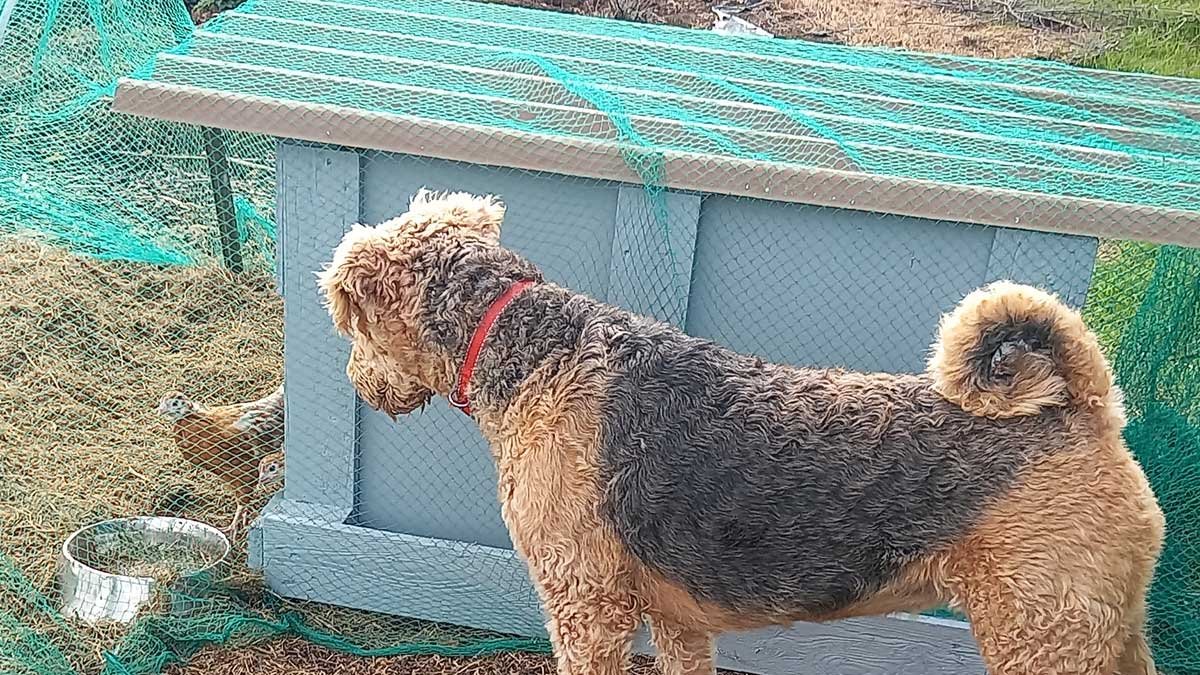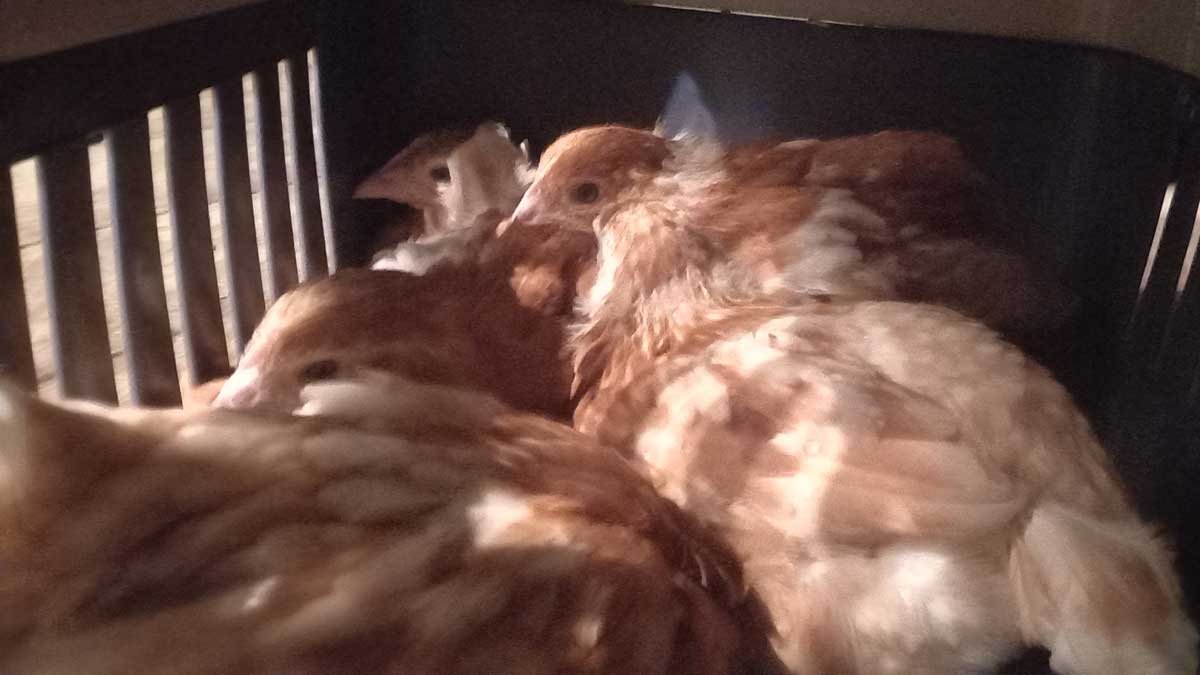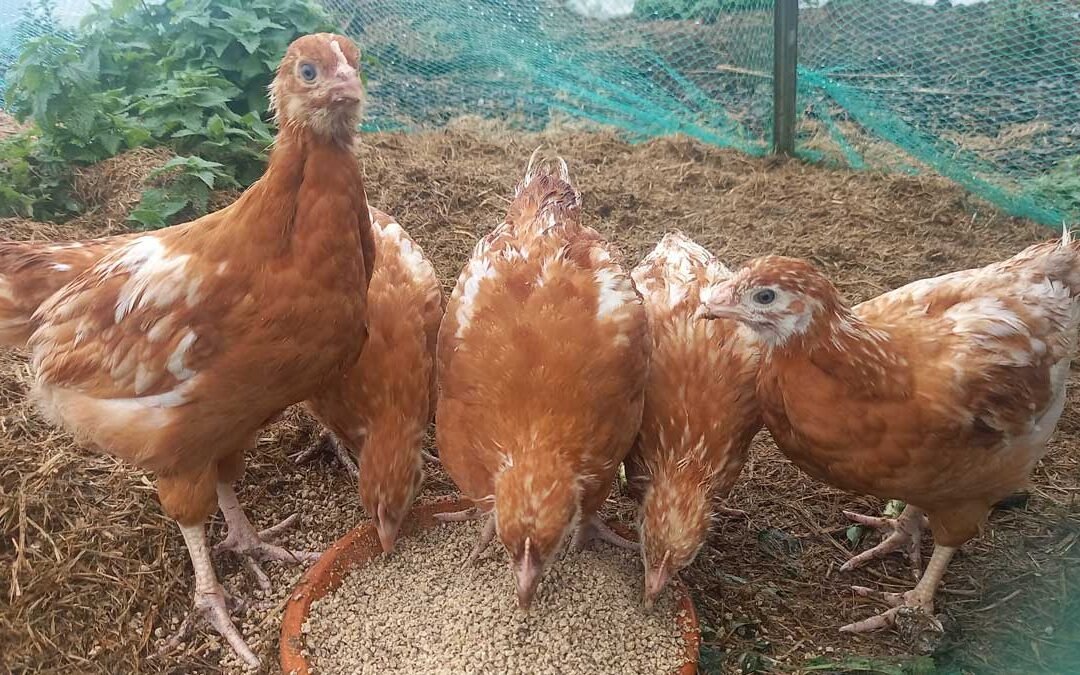We’ve been keeping chickens since 2017, when Richard and I moved in together to a rental on a farm.
We purchased a kitset coop, plus all the tools we needed to construct it, and had our first argument putting the damn thing together.
It’s lasted well, and has housed dozens of chickens since then. But chickens don’t have spectacularly long lives. We’ve lost some along the way to predators; some to sickness; and some to old age. They need topping up every couple of years.
The last year in particular has had a fairly high death rate. The chooks we picked up from an egg farm a couple of years ago have been dying off one by one. Combined with the usual winter slow-down, our egg production has dropped off a cliff.
It was clear it was time for some new chickens.
Sourcing chooks
We considered a few options for sourcing new chickens:
The first is to buy ex-layers from an egg farm. They cost $15-20 each, and arrive around 18-24 months old. After this their laying slows down and it’s no longer economical for commercial farms to keep them. Bringing them here prolongs their lives, and means they’re usually laying right away.
The second is to see what’s available on TradeMe. This is where you can pick up heritage birds at various life stages, including as fertilised eggs. The price varies, but it’s often the cheapest option. We’d thought about picking up some eggs and maybe introducing a new breed if a hen went clucky, but that didn’t happen.
Finally, there are a few people around the country who take large numbers of commercial breed chicks to raise and sell on. We have a guy local to us in Totara Bay who sells Hyline pullets. We’ve bought from him before. Four years later and his girls are outliving the ex-commercial layers.
They’re young – so we’ll be feeding them until September before we begin getting eggs. And at $28 each, they’re the most expensive option. However they’re also going to be healthy, happy, and we’ll get the maximum number of eggs from them.
This time round, we decided to go for option three. We got five of them.
A palace fit for a pullet
When we get birds this young, we prefer to keep them separate to the main flock for a while.
This is partially because they need a different diet when they are young. Food for “layers” contains added calcium to improve shells. But this can be dangerous for birds that aren’t laying eggs yet. So until they’re at least close to popping out eggs, we’ve got to feed them a non-laying food.
The other reason we keep them separate is because they’re a lot smaller than the main flock – who are truly vicious sometimes. I don’t think they’d be killed in there, but I also don’t want to risk it until their comparative size has evened out a little.
It’s been a while since we last had a flock like this, and our old secondary coop blew apart in a particularly windy storm. So Richard got to work and built a new one out of pallets and other building supplies we’ve collected.


It’s turned out to be pretty solid – we’ve learned so much since the first coop (and we’re still using the same tools).
The new coop means we could potentially go up to 16 birds in total if we wanted to. But that’s a lot of eggs to use, so we’ll (probably) stick with our dozen.
Taking delivery
I happened to notice in the comments of the TradeMe listing that our “chicken guy”, Alan, was planning to deliver to a customer in Waipapa this week. We happen to be directly on that route.
So I cheekily asked if he wouldn’t mind delivering them on his way past, and he was gracious enough to agree. So we only had to go as far as the top of the driveway to pick them up.
They arrived after dark, so we kept them in the cat carrier and let them sleep overnight in the caravan.

The next morning, Richard popped them into an enclosure we’d built over a garden bed that I’m not currently using, along with fresh food and water.
We’ll move them around the garden beds over winter before they go in with the main flock in late August.
Future-proof
Five pullets like this is enough to feed us and the neighbours for a couple of years without worry. The other birds are now more of a bonus and hopefully mean we have some spare to pop into food pantries once in a while.
Assuming nothing like a global avian pandemic (at least for now, New Zealand remains free of avian influenza) interferes with my planning, we should be good on eggs for a while. If bird flu arrives here in the future, we’ll have to look at our options for protecting them – I’m considering a few ideas.
While Hylines aren’t really known to get ‘clucky’, some of them do. Perhaps we’ll be in a position to raise chicks again.
We’ll have to see what comes. What we do know is that we really like having chooks. Not once in 7 years have we ever contemplated not having chickens. The conversation is always about how many we can have, what we should get, and when we should get them.
It’s not about the eggs (though those are great) or about reducing expenses (we paid $140 for the chooks + $40 for their special food this week, and we won’t see an egg until September). We just like them.
I guess we’re just chicken people.


